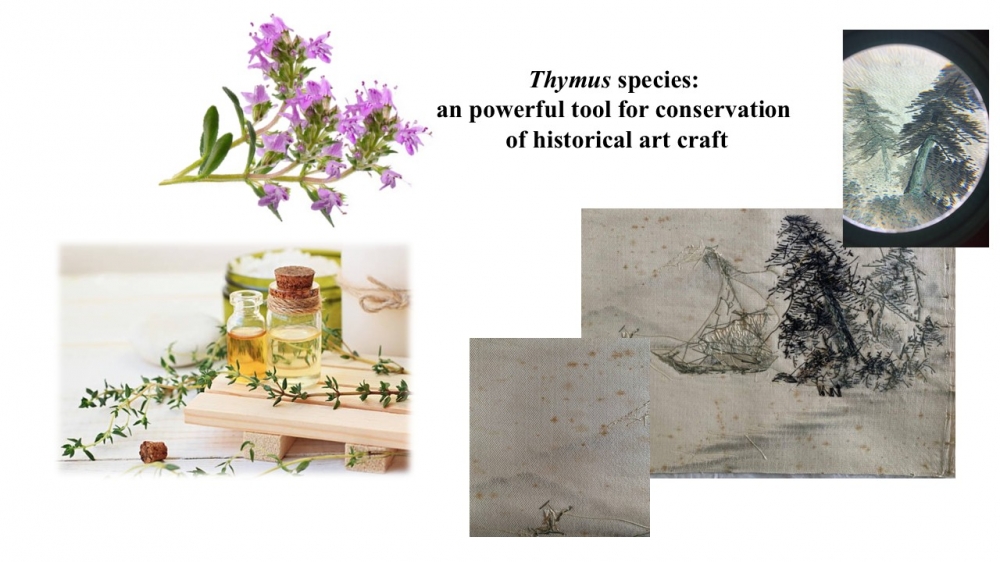JOURNAL 3467
Records of Natural Products
Year: 2025 Issue: Special Issue:Lamiaceae Family: Phytochemistry, Pharmacology, Ethnopharmacology, Ethnobotany and Food Source
p.428 - 449
Viewed 447 times.
GRAPHICAL ABSTRACT

ABSTRACT
The application of conventional biocides to manage biodeterioration in cultural heritage is being progressively discouraged because of the hazards they present to human health, the environment, and the possible modification of historical materials. For this reason, research is focused on identifying alternative solutions that are more sustainable, innovative, and eco-friendly. This study aims to analyze the results of recent scientific investigations, identifying the most promising natural substances, highlighting knowledge gaps, and outlining future research directions. We carried out a systematic review of the literature, analysing peer-reviewed articles published between 2010 and 2025 that explore the application of natural biocides to counteract the biodeterioration of materials like stone, wood, textiles, and paper. Among the emerging solutions, essential oils have shown particular promise due to their antimicrobial effectiveness and lower environmental impact. Among the aromatic plants studied, belonging to the Lamiaceae family, Thymus pulegioides, Thymus serpyllum, Thymus vulgaris, Thymus mastichina, Thymus zygis, and Thymus capitatus (syn. Thymbra capitata) stand out, with their essential oils demonstrating significant antimicrobial properties. Experimental tests have employed various methodologies, predominantly in vitro studies, with fungi being the most frequently targeted organisms, followed by algae and cyanobacteria. However, the efficacy of these substances has shown considerable variability, mainly due to discrepancies in experimental protocols and dosages, making it challenging to establish clear guidelines. Furthermore, some studies have reported potential undesirable interactions between essential oils and the original materials, which require further investigation. Despite these limitations, the use of natural biocides offers an innovative and promising approach to preserving cultural heritage. Nevertheless, it is crucial for future research to adopt more standardized protocols to systematically evaluate the effectiveness and safety of these substances, ensuring a balance between conservation and sustainability.
KEYWORDS- Biodeterioration
- essential oils
- Thymus species
- cultural heritage
- biocides